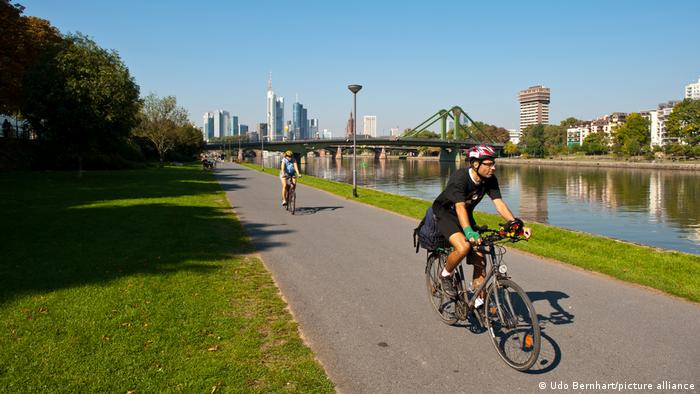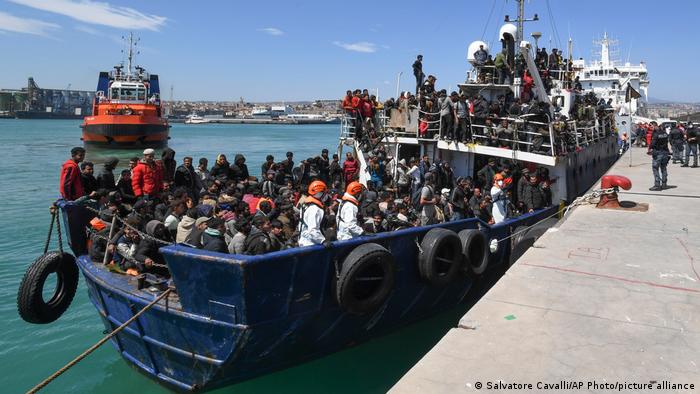A FLIGHT attendant has revealed where you should sit if you hate turbulence – and where to avoid it.
Madeleine Doyle was a flight attendant for 20 years, working on both domestic and international airlines.
Sharing some secrets of the skies, she explained what to do if get nervous or sick during turbulence.
She told Thrillist: “The plane is built like a teeter-totter, and the most stable part is over the wings.
“Turbulence is worse in the back of the plane — it’s much bumpier.
“If you think you’re going to be sensitive to that, sit over the wings.”;;
While turbulence can’t cause a plane to crash, a pilot explained what really happens during a severe bout – and it sounds pretty scary.
Pilot Eser Aksan E told Sun Online Travel: “With severe turbulence, we don’t control the plane.
“That doesn’t mean it’s going to flip upside down or anything, it’s just not in our control at that moment, but it’s still flying.
“It obviously ends at a certain time and then we’re in control again, and we need to gain or lose the altitude or, whatever state the plane’s in, we have to correct that.
And if you hear pilots telling crew to sit down, it could mean there is turbulence ahead.
Pilot John Greaves told Reader’s Digest: “If [a pilot] tells the flight attendants to sit down, you’d better listen.
“hat means there’s some serious turbulence ahead.”;;
There is one part of the globe you can expect more turbulence too, according to a former flight attendant.
Simon Martin, author of Journey of a Reluctant Air Steward, told Sun Online Travel that it isn’t good news if you are travelling back from the US to the UK.
He said that the “jet streams over the Atlantic [...] can cause high winds”;;.
This means if you are travelling from Florida or New York back home, you will most likely experience turbulence towards the end of the flight, which is bad news for nervous travellers.
If you’re a nervous flyer, you’re in for a rough time as it’s likely flights are going to have more turbulence than ever.
Here are some other plane myths which aren’t true, a flight attendant told Sun Travel.




